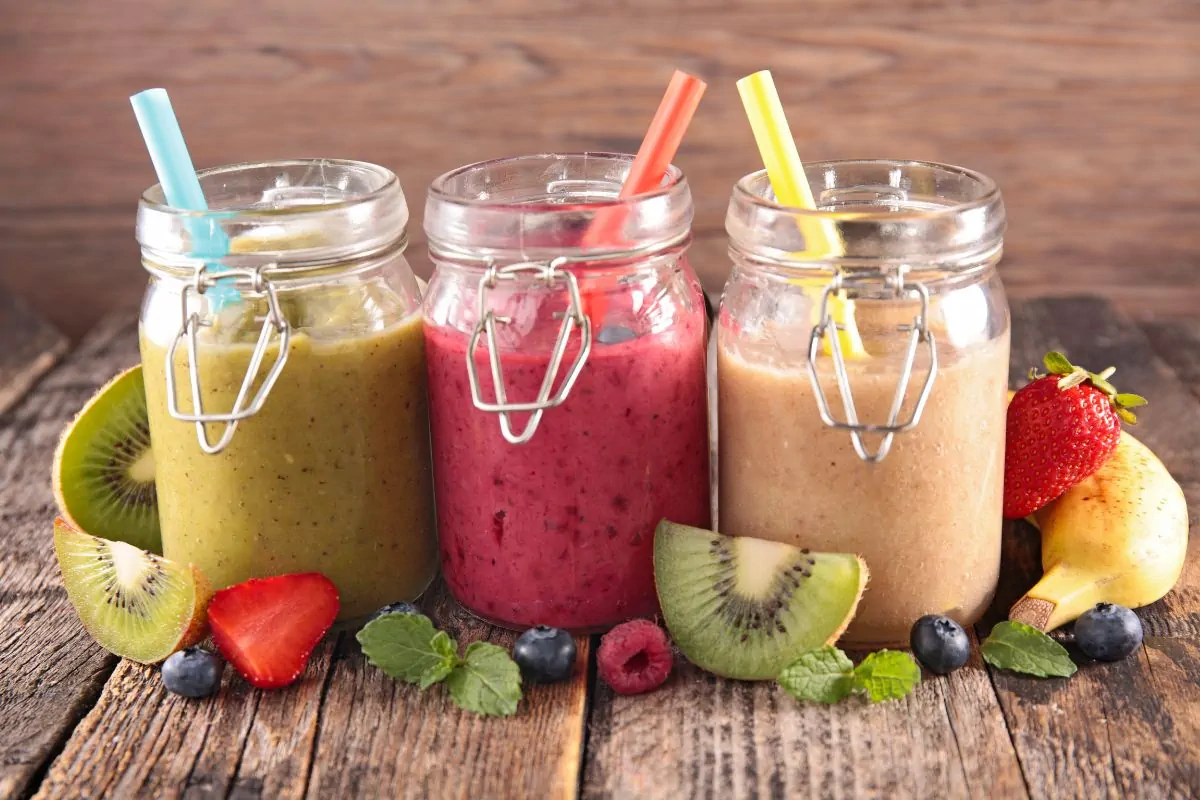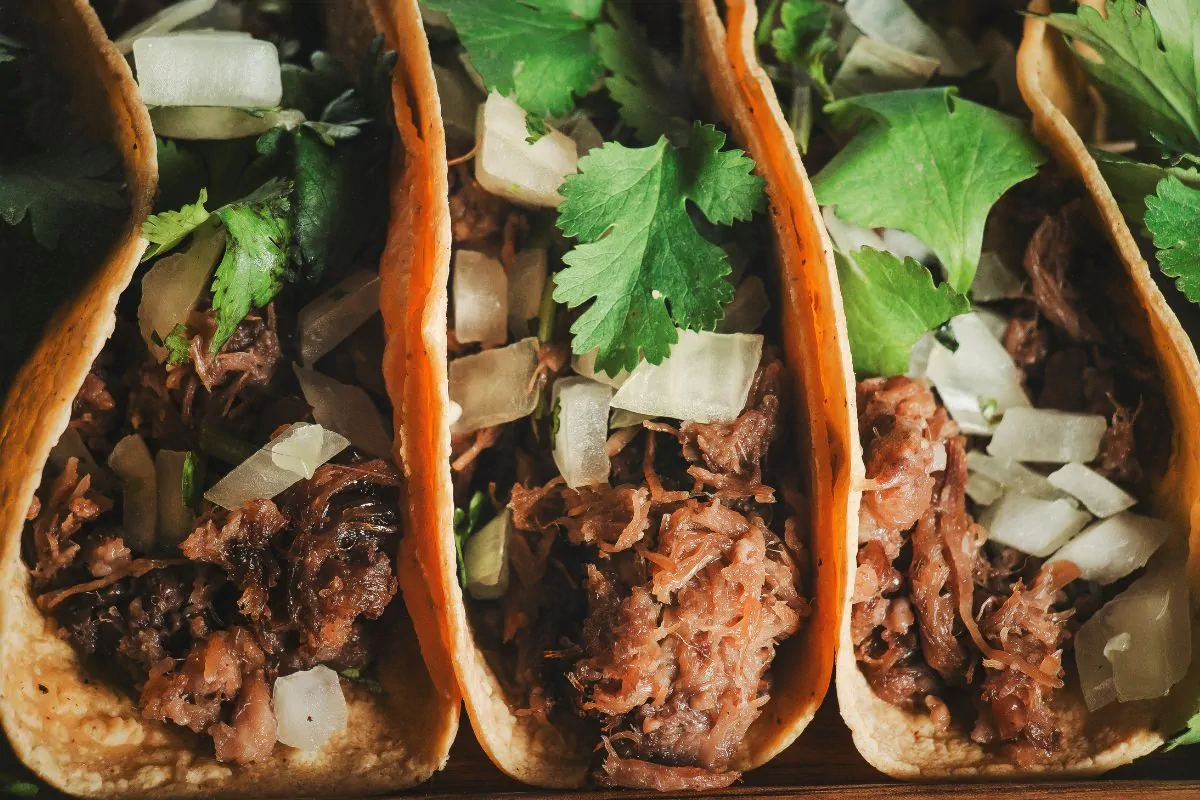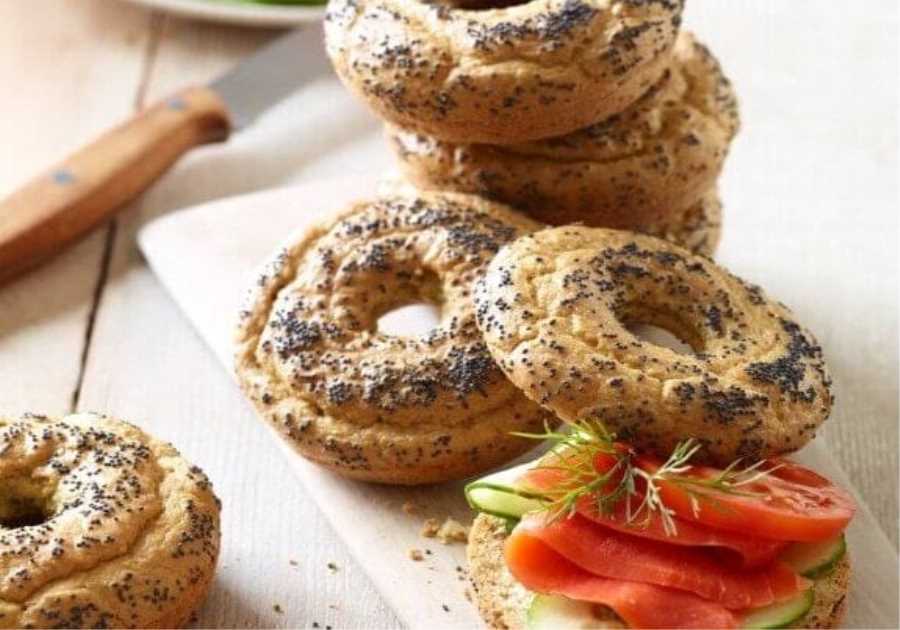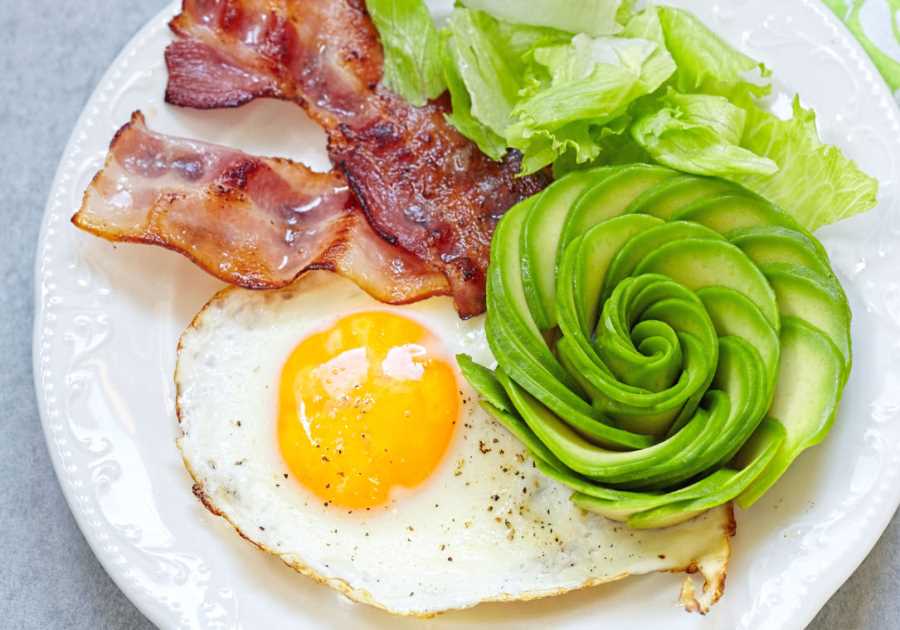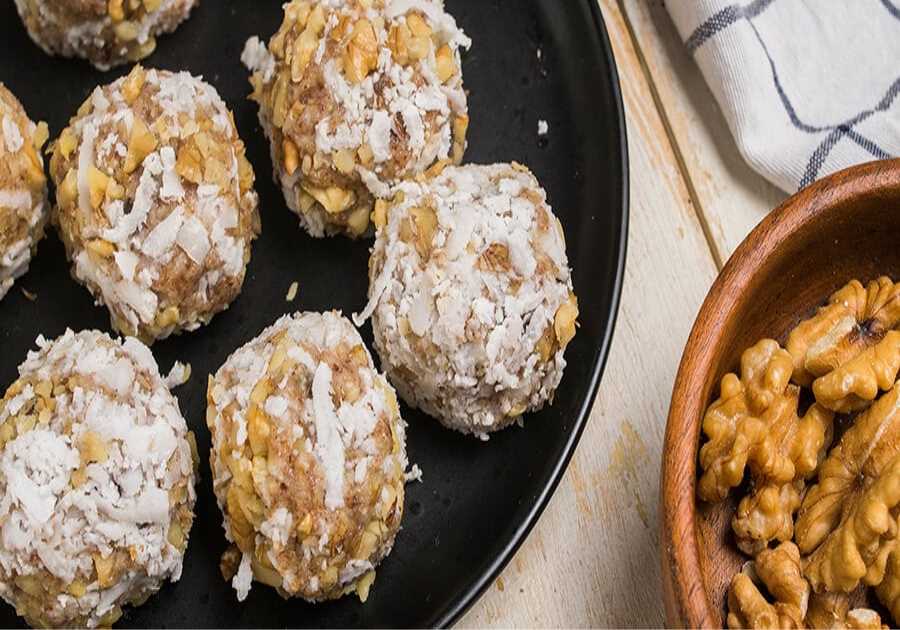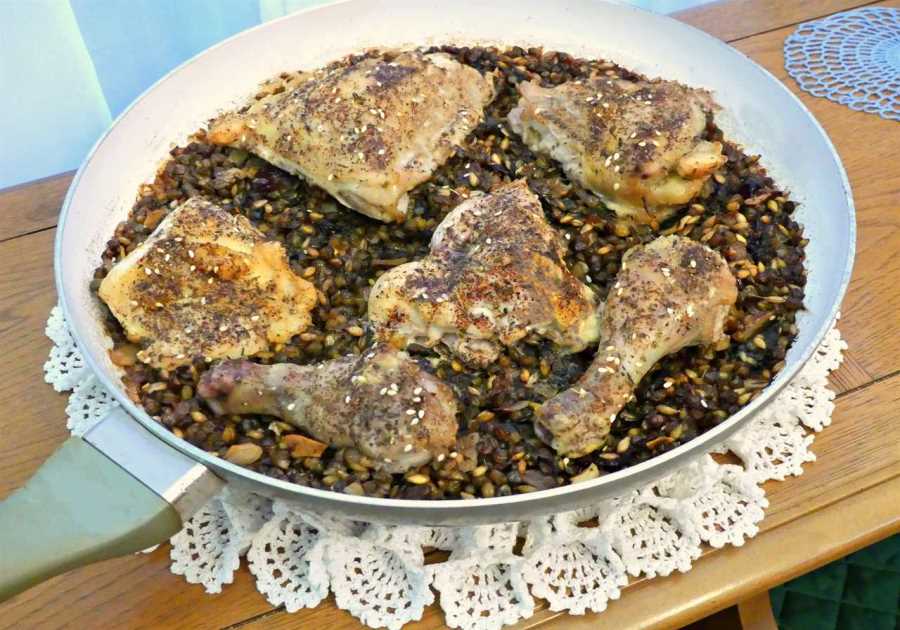
What is the CCHO Diet?
The CCHO Diet is a revolutionary new low-carb, high-protein diet for type 2 diabetes. It stands for "Carbohydrates Cut and Healthy Oil" and has been designed by experts to give individuals with Type 2 diabetes the power to control their own glucose levels while reducing their risk of heart disease and stroke.
The goal of the CCHO Diet is to lower the intake of refined carbohydrates such as white flour, and white rice and high-sugar items like candy and soft drinks while increasing healthy fats such as olive oil and vegetable oils. At the same time, it reinforces taking in sufficient protein along with certain low-carb vegetables to help counterbalance the potential onset of Type 2 diabetes symptoms.
With The CCHO Diet, individuals can reduce their carb intake from 50% (the recommended daily amount) down to only 20%, while eating plenty of lean proteins like chicken, turkey, or fish. The CCHO also recommends integrating specific vitamins into your daily dietary routine along with these other healthy substitutes for carbs, as well as incorporating physical activity into your lifestyle plans such as walking, jogging, or cycling.
By following these changes in diet and lifestyle you can help better balance insulin levels in your body which naturally reduces any sugar cravings., thus not only helping prevent the onset of Type 2 diabetes but helping reverse any existing symptoms you may be currently experiencing if applicable.
It's important to consult a doctor before attempting The CCHO Diet so they can oversee your progress on this new diet and make sure you're achieving success in order to manage/treat this chronic illness effectively.
Counting carb choices
A CCHO diet is a great way to watch your carbohydrate intake. The goal is to keep your blood sugar levels stable and avoid potential complications. It's not for everyone though. You should consult with your doctor or nutritionist before starting the CCHO diet.
To keep track of your carbs, you can use a scale or a measuring cup. One of the easiest ways to find out how many grams of carbohydrates are in a particular food is to look at its nutritional label.
You can also use a smartphone app or site to check the nutritional value of foods. If you can't read a label, you may want to have a dietitian do it for you.
Carbs come in three basic forms. They include simple, complex, and fiber. Simple carbs deliver quick energy, while complex carbs digest slowly. Fiber is a good way to maintain a balanced digestive system.
If you are on a CCHO diet, it can be difficult to keep track of your daily carbohydrate intake. However, it is well worth the effort to stay on track.
Insulin-mediated glucose uptake during a euglycemic hyperinsulinemic clamp
A study using the hyperinsulinemic euglycemic clamp technique has investigated the cellular and vascular basis of insulin-mediated glucose uptake. In addition to skeletal muscle, insulin-mediated glucose uptake occurs in the adipose tissue depots of the abdominal and femoral limbs.
In insulin-resistant subjects, insulin-mediated glucose uptake is reduced. This decrease is accompanied by a reduction in the maximal response to insulin. These decreased maximal responses may be responsible for vascular dysfunction in insulin-resistant subjects.
The cellular basis of insulin-mediated glucose uptake is found in skeletal muscle. It is important to study this process since it contributes to insulin's actions. Several studies have reported a relationship between adipose tissue and insulin-mediated glucose uptake.
Using a two-stage insulin clamp, insulin was administered at 120 mU/m2 per minute. After 20 hours, blood flow was measured. Basal Rg was higher than the insulin-stimulated increase observed in non-septic animals. However, cardiac output did not change during insulin infusion.
Effects of high-fructose diets on liver and triglyceride levels
Excessive consumption of free sugars is a major contributor to the high rates of metabolic syndrome in industrialized countries. Fructose-containing sugars are associated with diabetes, obesity, cardiovascular disease, and non-alcoholic fatty liver disease.
In the United States, the American Heart Association recommends that people consume no more than 10% of their total energy intake as sugar. However, several health associations have established strict upper limits for added fructose. For example, the Canadian Diabetes Association recommends that people consume no more than three times their total energy intake as sugar.
Fructose is a type of sugar that is found in most processed foods. It is also present in honey and high-fructose corn syrup. Over the last century, the average amount of fructose consumed has increased by more than 100-fold. This has led to a growing body of evidence linking fructose consumption to obesity, non-alcoholic fatty liver disease (NAFL), and diabetes. Currently, large prospective studies are required to evaluate the role of fructose and NAFLD.
Questions and concerns about the 1800-calorie diabetic diet
The 1800-calorie diabetic diet is a weight loss plan that is beneficial for people with diabetes. Among the benefits of the diet are the control of blood glucose levels and reducing the risk of heart ailments. It is also a meal plan that is easy to follow and contains the right amount of calories and nutrients. However, it is important to remember that not everyone will be able to comply with meal plans.
When starting the 1800-calorie diabetic diet, it is important to follow the plan carefully. For example, it is best to avoid sugar and fat. This can be done by choosing healthier foods. Examples include fruits and vegetables, whole-grain pasta, brown rice, and whole-wheat bread. You should also be careful about the number of carbohydrates you eat.
Another consideration when it comes to the 1800-calorie diabetic diet is the amount of physical activity you can do. Depending on your goal, you might have to increase the amount of exercise you do.
Frequently Asked Questions
Can I cheat one day on keto?
It's now easier than ever before to look at options that go against the grain. It's easy to get distracted by the flow of information and want to know if there are ways you can cheat for a day or stretch your diet. All while keeping your health streak.
The answer, however, may not be what you expect. There is no room to compromise when it comes down to keto. Following a strict diet plan will help you reap the best results and encourage long-term sustainability when it comes to weight loss, overall health, and longevity.
Cheating on keto may derail any headway you've made toward your goals and discourage results as fast as you were able to achieve them. Consuming something oily or sweet signals to your body that it doesn't need it, and can hinder the benefits of keto.
Sometimes it can be difficult to avoid a lapse. It may be more difficult than following the diet. Therefore, evaluating the impact on your lifestyle could be crucial depending on factors like age, activity level or genetics.
Even though temptation may cloud your judgment, ultimately, you are the only one who can decide what is best for your health and well-being.
How much fat is necessary to eat?
It is crucial to get enough essential fat acids when following a ketogenic diet. Healthy fats include avocados, salmon, and nuts such as walnuts. It would also be a good idea to include other fats in your diet such as butter, olive oil, coconut oil, and/or ghee. These fats have many health benefits including better cognitive function, digestion, and a stronger immunity system. It would be best to consume between 25-35% of your calories in fat.
It is important to keep in mind that ketogenic means you must be careful about the fats you are consuming. Avoiding saturated and trans fats is a good idea as they can raise your risk of developing cardiovascular disease and other chronic ailments. Instead, focus your efforts on incorporating healthy fats like olive oil, avocados (nuts), and fattyfish into your daily diet. Doing so will ensure you get the essential fatty acids and other nutrients your body needs to stay healthy and energized.
In addition to eating the right fats, it is important to be mindful of how much fat you consume. Too much fat can lead to weight gain, while too little can cause fatigue and other health issues. Finding a balance that works for you and your lifestyle is key. An app or food journal can be used to keep track of your daily fat intake. This will help to keep you on track, and ensure that your body gets the proper amount of essential oils daily.
A ketogenic diet should not be considered a quick fix for weight reduction. Although it may help you lose weight quickly, it is not a good way to eat balanced meals and get sufficient nutrients. Too much fat and too little carbohydrate can cause nutrient deficiencies, as well as other health problems. A ketogenic diet is something you should consider.
What happens to your body when you cheat on keto?
Side effects of carbohydrate intake can be caused by cheating on the keto diet. You can quickly increase your blood sugar levels by suddenly eating starchy carbohydrates. This can cause dehydration as water is required to restore your cells to a homeostatic condition. A lack of essential minerals, such as potassium and sodium, can cause electrolyte imbalances.
To add to these issues, it is not uncommon for keto dieters to experience digestive discomfort due to high-carbohydrate consumption. These symptoms are generally short-lived but can be uncomfortable and disruptive. Extreme cravings from cheat meals can lead to dangerous cycles of feeling depleted, followed by binging high-carb diets. This could cause people not to follow the keto diet.
Overall, it's important to keep in mind that having an occasional cheat meal or snack won't destroy weeks or months' worth of progress on the keto diet -- as long as you stick within your prescribed net carb limits -- but there will still be consequences for veering away from your meal plan for extended periods.
What happens during the first week with keto?
Before you start to prepare for the ketogenic diet, it is important to do your research. Knowing what foods are best and how many carbs you can consume daily will help you make informed choices. It's important to know which foods are best for balancing macronutrients.
Once you have the basics, it's time to start building meals that support your new lifestyle. You can help your body adapt to this new lifestyle by avoiding processed sugars and eating whole foods. A few simple changes, such as increasing the amount of healthy fats in each meal, will help improve your energy levels and focus. It can also help curb cravings.
The next step is learning proper portion control and managing meal timing while on the keto diet, enabling your body to enter a state of ketosis where it begins burning fat instead of sugar for energy. This can be accomplished by monitoring macros or consulting a nutritionist, who may offer individual advice.
All newcomers need to take their time during the first week of transitioning into the keto diet - making sure that their bodies adjust accordingly before going full throttle with their diets. You should get plenty of rest and keep hydrated during this transition. This journey should take at least three weeks before you decide whether it is for you. Everybody reacts differently so be patient and give your body some time.
Can I drink alcohol on a keto diet?
A sensible approach to the keto diet is to question what you can or cannot do while limiting carbohydrates. It is important to be mindful when you consume alcoholic drinks.
The short answer is that it all depends. There are many alcoholic beverages that are not keto-friendly. Some are better suited to this diet than others. How much alcohol you consume will impact how much carbohydrate you get each day.
Be careful and choose wisely. Also, keep in mind that an alcoholic drink may still have visible carbohydrates. You should also consider other aspects, such as the calorie content, before you make your decision.
Moderation is key to maximizing the positive effects of alcohol while on a low carb diet. This will help you avoid potential drawbacks that could hinder your weight loss or fitness goals.
Informed decisions make for better decisions. Make sure you pay close attention before you decide to drink a low carb beverage.
Statistics
- Recommended Keto diet includes: Keto sushi bites, olives, one or two hard-boiled or deviled eggs, keto-friendly snack bars, 90% dark chocolate, full-fat Greek yogurt mixed with nut butter and cocoa powder, bell peppers, and guacamole (healthline.com)
- The ratio is often 60% fat, 35% protein, and 5% carbs. (healthline.com)
- Proteins should account for around 10–30% of energy needs, while carbs are usually restricted to 5%. (healthline.com)
- Fats should replace the majority of cut carbs and deliver approximately 60–80% of your total caloric intake. (healthline.com)
- When following a ketogenic diet, carb content is between 5–10% of calories consumed, though looser versions of the diet exist (7Trusted Source (healthline.com)
External Links
ruled.me
academic.oup.com
- The effect of high-fat milk, high fat cheese, and carbohydrate on cardiovascular risks markers in overweight postmenopausal females: A randomized crossover trial by The American Journal of Clinical Nutrition
- The relationship between diet and cardiovascular disease risk and all-cause death: A review of evidence from meta analyses
cambridge.org
ncbi.nlm.nih.gov
- The Ketogenic diet: Evidence for optimism but high-quality research needed - PMC
- PMC: Low-Carb and Ketogenic Diets for Type 1 and 2 Diabetes
How To
The Best Foods to Eat On a Ketogenic Lifestyle
You will get the best results on a ketogenic diet if you eat the right foods. You should eat plenty of protein and fats. Avoid processed and sugary foods.
It is important to eat lots of whole foods and consume moderate amounts of healthy fats such as avocados, coconut oil and butter. Avoid refined sugar, bread, wheat, and other grains in order to reap the benefits of your new eating style.
Your body should have the highest nutritional levels possible so that you choose organic whenever possible. You also get vital nutrients from concentrated natural sources, such as eggs that are free-range.
You can delight your tastebuds with tasty dishes made from low-carb staples like spinach, broccoli, and kale. This will help you to curb your cravings for sugary carbs. Probiotic properties have been linked with improved metabolic health, decreased inflammation and reduced blood sugar.
You can experiment with wild meats such venison or duck to add variety to your menu and provide lean proteins as well as minerals that aren't always readily available in other food sources.
It's all about creating a balance between eating fresh produce in its natural form plus adding nutrient-dense ingredients with the power to help you stay satisfied so you don't feel deprived or denied on this lifestyle change.
Did you miss our previous article...
https://paleovsketo.com/keto/ketosis-diet-recipes

